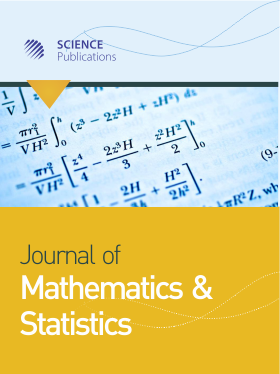Artificial Shortages and Strategic Pricing
Abstract
Problem statement: We consider a monopolist who manipulates the market by artificially creating shortages that result in an increase in current price that, in turn, boosts demand for the product in subsequent periods. The approach is to develop an intertemporal model of pricing strategy for a monopolist. Approach: The postulated pricing strategy creates an incentive for producers to reduce current supply and raise current prices and sacrifice current profits in order to increase future profits. The main problem is to explain the precise mathematical conditions under which the pricing strategy will be chosen by a monopolist. Results: We derive the optimal pricing strategy to argue that the monopolist has an incentive to adopt simple market manipulation that calls forth a close examination of issues concerning deregulation. Conclusion: The paper examines two possible strategies for a typical monopolist-strategic pricing vis-a-vis a myopic pricing. The intuition is that the monopolist can manipulate the market by artificially creating shortages that result in an increase in current price that, in turn, boosts demand for the product in subsequent periods.
DOI: https://doi.org/10.3844/jmssp.2012.154.156

- 5,778 Views
- 3,992 Downloads
- 0 Citations
Download
Keywords
- Strategic pricing
- market manipulation
- myopic pricing
- subsequent periods
- typical monopolist
- possible strategies
- pricing strategy
- artificially creating
- current supply
